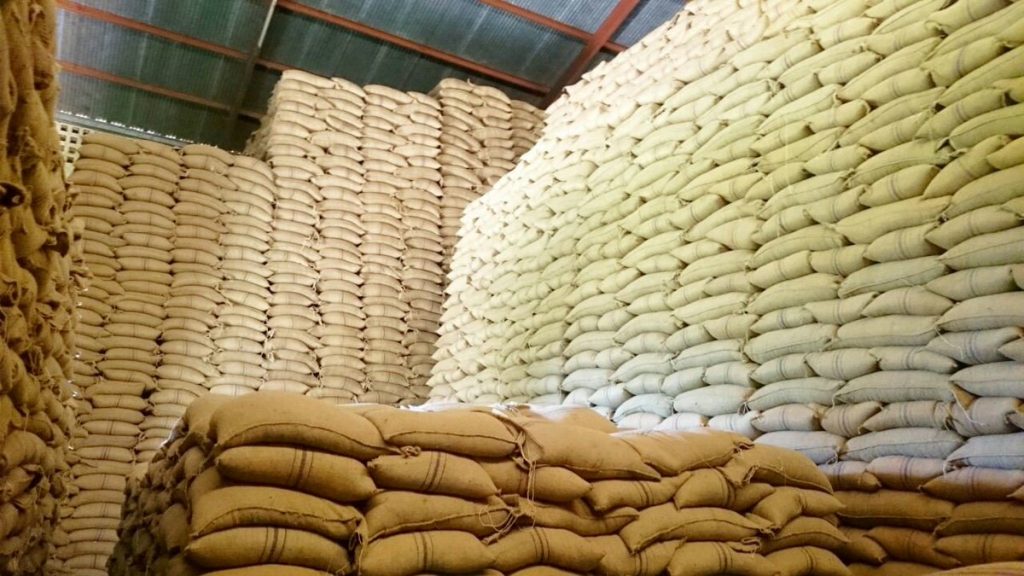Zimbabwe’s maize prices are anticipated to stay above global market levels for the 2024/2025 season, despite a global decline in prices, as the nation focuses on rebuilding its grain reserves and improving farmers’ livelihoods following a severe drought.
Morgan and Company reports that international maize prices have fallen to about US$180 per tonne, thanks to increased supply from major producers Ukraine and Russia via the Black Sea.
However, maize prices in Zimbabwe are expected to remain high due to the country’s need to replenish its reserves after an El Niño-induced drought devastated over 72 percent of its maize crop last season.
Also read: Zimbabweans: Apply for University of Sydney Undergraduate Scholarships
Analysts from Morgan and Company predict that Zimbabwe’s maize will command a premium above the global price during the 2024/2025 marketing season. This comes after the Government set an incentive price of US$360 per tonne for the 2023/2024 season.
Although prices might slightly decrease in the coming season, they are still expected to exceed global levels due to low strategic grain reserves, which, as of August 2024, are just under 264,246 tonnes—far below the annual cereal requirement of 2.2 million tonnes.
This shortfall is likely to lead the Government to offer competitive prices to ensure adequate stockpiling, according to Morgan and Company. Additionally, ongoing regional food security issues are expected to keep prices high across sub-Saharan Africa.
Morgan and Company noted that food security risks are projected to persist into 2025, maintaining elevated regional maize prices.
The Government’s 2024/2025 summer crop plan, presented by Dr. Anxious Masuka, aims to boost production from 744,271 tonnes in the 2023/2024 season to 3.27 million tonnes—a 340 percent increase. Maize production alone is expected to reach 2.7 million tonnes, with traditional grains adding another 574,200 tonnes.
This would exceed Zimbabwe’s food and feed needs by 33 percent, potentially creating a surplus. To achieve these targets, the plan requires an estimated US$1.6 billion in funding, with the Government covering 37 percent and the private sector expected to contribute 60 percent through contract farming schemes. Self-financed farmers are anticipated to provide the remaining 3 percent.
Despite these targets, there are concerns about the Government’s ability to fully fund the plan following the drought, and doubts about whether the private sector can bridge the funding gap promptly.
Agronomist Sheila Musanhi pointed out that the falling cost of key farming inputs, especially fertilizers, has made maize production more feasible. The global price of fertilizers, tracked by the World Bank’s Fertiliser Price Index, has decreased due to improved supply chains, with urea now priced at US$330 per tonne.
Musanhi noted that fertilizer affordability has returned to pre-2019 levels after a significant spike during the 2022 crisis. This reduction in input costs is expected to enhance profit margins for farmers, making maize production financially viable even with a slight reduction in local grain prices.
Economist Tinevimbo Shava emphasized the need for attractive maize prices to replenish the country’s strategic grain reserves. He stressed the importance of timely and predictable payments in foreign currency to ensure farmers’ participation.
“Swift and stable payments are crucial to maintaining farmers’ confidence and the success of the national maize program,” Shava said, noting that delays in payments could discourage farmers and hinder efforts to rebuild the reserves.
The combination of favorable pricing, lower input costs, and increased production targets presents an opportunity for Zimbabwe to strengthen its food security.
Also read: Emory University Scholarships Available for Zimbabwean Students Apply Now!

For comments, Feedback and Opinions do get in touch with our editor on WhatsApp: +44 7949 297606.


